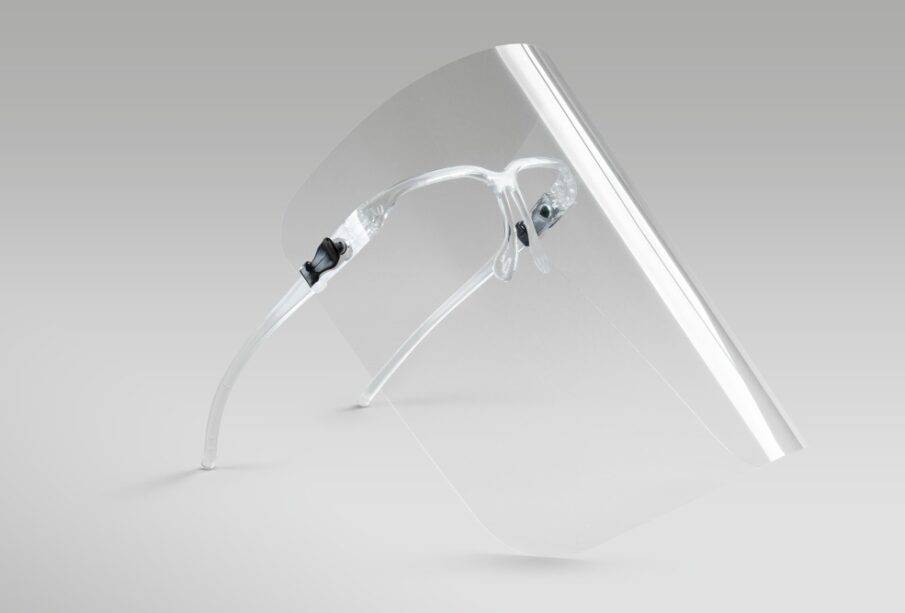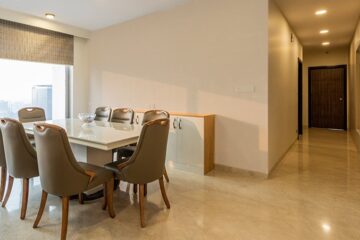Transform your home decor with DIY Glass Bending

Ever wondered how to add a unique touch to your home décor without breaking the bank? With a little know-how and some simple tools, you can bend glass at home to create stunning, custom pieces. This comprehensive guide will teach you everything you need to know about bending glass safely and effectively.
Why Bend Glass at Home ?
Bending glass is more than just a fascinating hobby. It’s an incredible way to personalise your living space. From custom-made shelves to unique light fixtures, bent glass can transform any room. Plus, the satisfaction of creating something with your own hands is unmatched.
Understanding the Basics of Glass Bending
Before you start bending glass, it’s essential to grasp the fundamental principles. Glass is a versatile material that can be shaped when heated to high temperatures. Once it reaches its “softening point,” it becomes pliable and can be moulded into various forms.
What You’ll Need
The first step in bending glass at home is gathering the right materials and tools. Here’s what you’ll need:
- Glass sheets of your choice
- Kiln or torch for heating the glass
- Heat-resistant gloves and safety goggles
- Moulds or forms to shape the glass
- Annealing kiln for cooling the glass slowly
Choosing the Right Glass
Not all glass types are suitable for bending. Soda-lime glass, commonly found in windows and bottles, is ideal for DIY projects. It’s relatively easy to work with and widely available. However, avoid tempered glass, as it’s designed to shatter rather than bend.
Importance of Safety Precautions
Working with glass and high temperatures can be dangerous. Always wear heat-resistant gloves and safety goggles. Ensure your workspace is well-ventilated and free from flammable materials. Keep a fire extinguisher nearby, just in case.
Step-by-Step Guide to Bending Glass
Now that you’ve gathered your materials and taken the necessary safety precautions, let’s walk through the process of bending glass at home.
Preparing Your Workspace
Start by setting up a clean, organised workspace. Lay out all your tools and materials within easy reach. Preheat your kiln or torch to the required temperature, usually around 650°C (1200°F).
Heating the Glass
Place the glass sheet in the kiln or use a torch to heat it evenly. Monitor the temperature closely, as overheating can cause the glass to melt or warp. When the glass reaches its softening point, it will begin to sag.
Shaping the Glass
Carefully remove the heated glass using heat-resistant gloves. Place it over your mould or form and gently shape it. Be patient, as rushing this step can cause the glass to crack or break. Once you’re satisfied with the shape, place the glass back in the kiln to anneal.
Annealing the Glass
Annealing is a crucial step that involves cooling the glass slowly to relieve internal stresses. Place the shaped glass in an annealing kiln and gradually reduce the temperature over several hours. This process ensures the glass is strong and durable.
Creative Ideas for Bent Glass
Bending glass opens up a world of creative possibilities. Here are some project ideas to inspire you.
Custom Shelves
Create unique, curved glass shelves that add a modern touch to any room. Use sturdy brackets to secure the shelves and display your favourite items elegantly.
Artistic Light Fixtures
Design your own light fixtures by bending glass into intricate shapes. Combine with LED lights to create striking, personalised lighting solutions.
Decorative Ornaments
Craft beautiful glass ornaments for your home or as gifts. From delicate glass flowers to abstract sculptures, the possibilities are endless.
Troubleshooting Common Issues
Even with careful preparation, you may encounter some challenges while bending glass. Here are common issues and how to address them.
Glass Cracking
If your glass cracks during the bending process, it could be due to uneven heating or rapid cooling. Ensure the glass is heated uniformly and cooled slowly during the annealing process.
Uneven Shapes
Achieving a uniform shape requires practice. If your glass isn’t bending evenly, try using a different mould or adjusting the heat source. Patience and persistence are key.
Overheating
Overheating can cause the glass to become too soft or even melt. Monitor the temperature closely and make small adjustments as needed. Remember, it’s better to underheat and reheat than to overheat.
The Science Behind Glass Bending
Understanding the science behind glass bending can help you achieve better results. Glass is an amorphous solid, meaning it doesn’t have a regular molecular structure. When heated, the molecules become more mobile, allowing the glass to bend without breaking.
Thermal Expansion
Glass expands when heated and contracts when cooled. This property, known as thermal expansion, is why annealing is so crucial. Rapid temperature changes can create internal stresses that lead to cracks.
Viscosity
The viscosity of glass decreases as temperature increases. Knowing the optimal viscosity for bending can help you achieve smooth, consistent shapes. Experiment with different temperatures to find what works best for your projects.
Annealing for Strength
Proper annealing not only prevents cracks but also increases the strength of the glass. Slowly cooling the glass allows the molecules to settle into a stable structure, making the final product more durable.
Conclusion
Bending glass at home is a fantastic way to create unique, personalised décor for your living space. By following the steps outlined in this guide, you can master the art of glass bending and transform ordinary glass sheets into stunning pieces of art. Remember, practice makes perfect, so don’t be afraid to experiment and learn from your mistakes.











